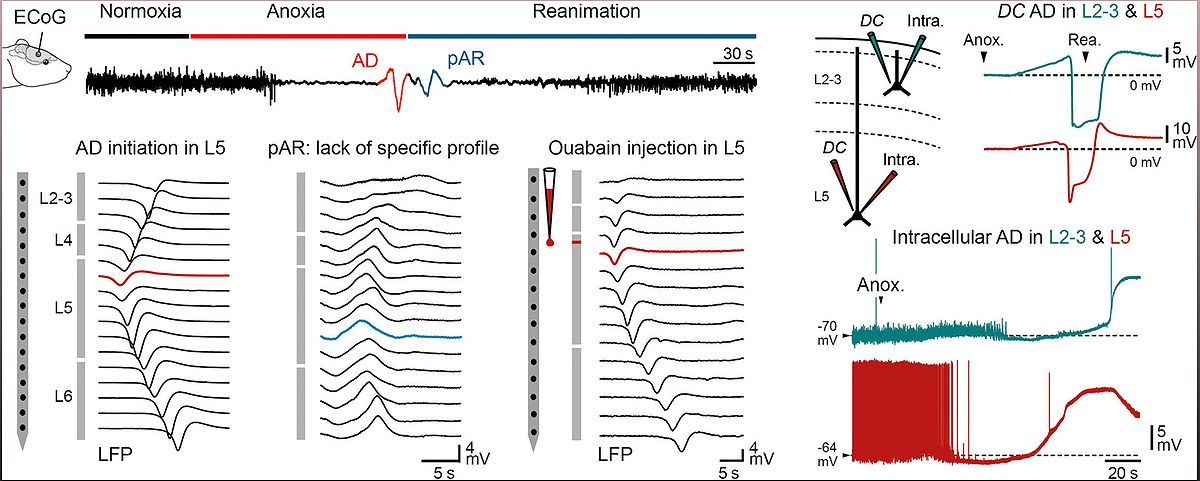When brain oxygenation is cut off for a prolonged period, the electrical activity of the cerebral cortex is quickly reduced to zero. But that's not the end of the story. Join me, Jessica Williams, as we delve into groundbreaking research from the Paris Brain Institute, uncovering the mysterious 'wave of death' and 'wave of resuscitation' that occur deep within the cortex. This intriguing study sheds light on the vulnerability of certain neurons during cardiorespiratory arrest and offers hope for reducing neurological complications. Let's explore the complex concept of death from a neurological perspective and understand the intricate process that unfolds within the brain. Get ready to embark on a captivating journey into the depths of brain activity and its potential for revival.
Understanding the Complex Concept of Death
Death is not a precise moment but rather a complex process that spans several minutes. In this section, we will delve into the research conducted by the Dynamics of Epileptic Networks and Neuronal Excitability team at the Paris Brain Institute, shedding light on the successive changes that occur in brain activity after a prolonged period of oxygen deprivation.
When the brain is deprived of oxygen, its fuel reserves rapidly deplete, disrupting the electrical balance of neurons. This leads to the release of glutamate, an essential neurotransmitter. Neural circuits initially shut down, followed by a surge in brain activity characterized by an increase in gamma and beta waves. These waves, typically associated with conscious experiences, may offer insights into near-death experiences reported by survivors of cardiorespiratory arrest.
After the surge in brain activity, the neurons gradually diminish their activity until a state of perfect electrical silence is reached. However, this silence is quickly interrupted by the depolarization of neurons, known as the 'wave of death.' This wave induces neuronal death throughout the cortex and marks the transition towards the cessation of all brain activity.
Unveiling the Origins of the 'Wave of Death'
Discover where the 'wave of death' originates in the cortex and its propagation across different layers, shedding light on the vulnerability of specific neurons during oxygen deprivation.
In this section, we will explore the groundbreaking findings from the Paris Brain Institute regarding the initiation and propagation of the 'wave of death' within the cortex. Through measurements conducted in rats, researchers identified that the wave of death originates in the pyramidal neurons located in layer 5 of the neocortex.
From there, the wave gradually spreads upwards towards the surface of the brain and downwards towards the white matter. These findings suggest that the deeper layers of the cortex are the most vulnerable to oxygen deprivation, providing valuable insights into the specific populations of neurons that are at risk during cardiorespiratory arrest.
The Potential for Resuscitation and Recovery
While the 'wave of death' may seem like the definitive end, there is a glimmer of hope. Researchers at the Paris Brain Institute have discovered that successful reoxygenation can trigger a 'wave of resuscitation,' indicating a slow recovery of brain functions.
This wave of resuscitation follows the wave of death and provides insights into the potential for brain resuscitation and the gradual restoration of neuronal activity. Understanding these processes could pave the way for the development of neuroprotective drugs and interventions to support resuscitation in cases of heart and lung failure.

